SSR Integral-GT1 Wheels
by Jeff Lucius
The aluminum alloy wheels pictured here are manufactured by SSR using semi-solid forging, also called thixoforging, thixocasting, or thixoforming. The model designation is "Integral-GT1" but they are usually just referred to as GT1 wheels. They have an offset of 38 mm (stock offset is 46 mm) which allows the use of wider tires. I had 265/35-18 tires mounted. There is perhaps 7-10 mm clearance of the tire from any other part of the car at all wheel positions. This means that 275-mm-width tires may also work, but with minimal clearance. There is about 6-7 mm of clearance between the wheel (spokes near the hub) and the stock caliper on my 1992 Stealth TT. If the caliper was farther from the hub, there would be more clearance. The outside of the wheel is painted bright silver in a tone that closely matches the color of the aluminum. There is a centering ring to help align the wheel with the hub; the numbers on the ring face the car (that is, they are visible when the ring is inserted). SSR also supplies a nice center cap and new lug nuts. McGard "locking" lug nuts work with these wheels.
The thixoforming process posesses advantages of both forging and casting in the manufacture of alloy or composite parts. The manufactured part has a "near-net-shape", meaning that very little additional processing is required to bring the part to its final form. The feedstock for thixoforming (or semi-solid metalworking) is usually in billet form and is heated to a high temperature but not quite melted. It is then injected into a die. Parts produced by thixoforming are as strong as cold-forged parts but at a lower cost. The structure is fine-grained, homogeneous, and virtually free of porosity. The part can be heat-treated to give mechanical properties superior to those of liquid castings.
Semi-solid forging was discovered in 1971 by then Massachusetts Institute of Technology (MIT) doctoral student David Spencer, under the guidance of Professor Merton C. Flemings, MIT's Department of Materials Science and Engineering. Until that time (and for the last 10,000 years), metal forming was accomplished by casting the liquid or by forging or shaping the solid. Spencer discovered that by stirring liquid aluminum as it cooled and solidified the dendritic micro-structures were broken up, which allowed the semi-solid to flow more easily. Eventually, MIT licensed this technology to Alumax, Inc., which continued to develop the process. Alcoa acquired Alumax in July 1998 for approximately $3.8 billion. SSR is licensed by Alumax to use the semi-solid forging technology to manufacture automobile wheels.
SSR uses the thixocasting process, rather than rheocasting, to mold A357 aluminum billets into wheels. The molded part is given a T6 heat treatment, machined to its final shape, shot blasted, and then painted (including a clearcoat). The result is a wheel that has the superior strength, ductility, and micro-porosity of forging, with the reduced cost and dimensional repeatability of casting. SSR is the only company that produces semi-solid forged wheels.
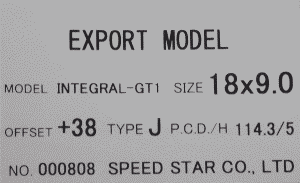
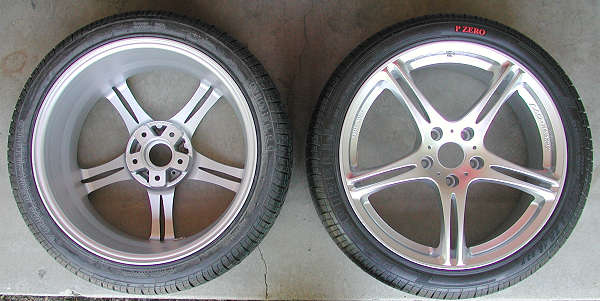
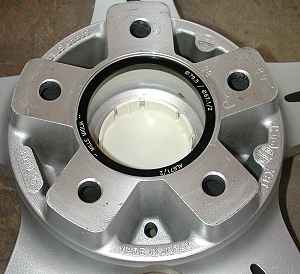
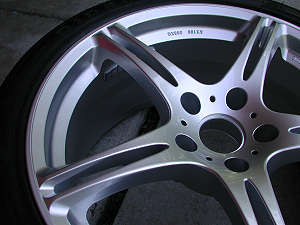
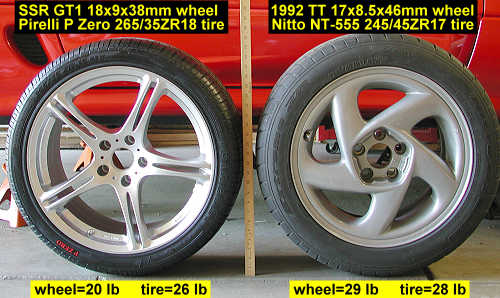
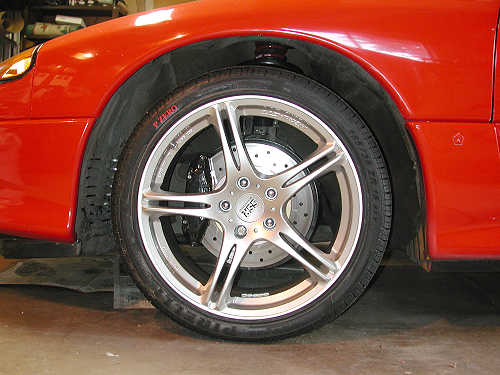
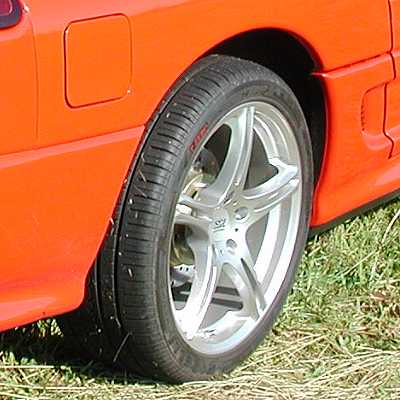
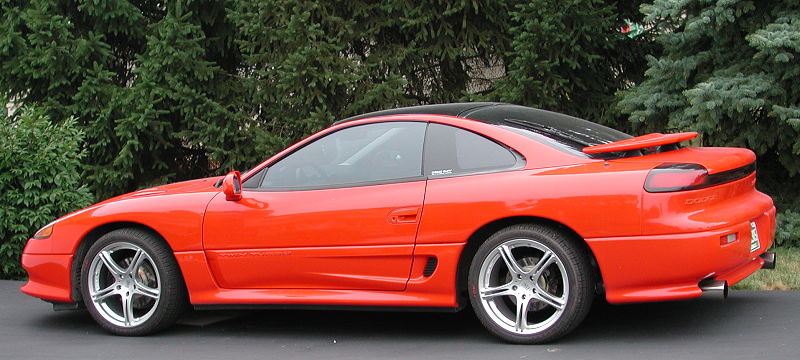
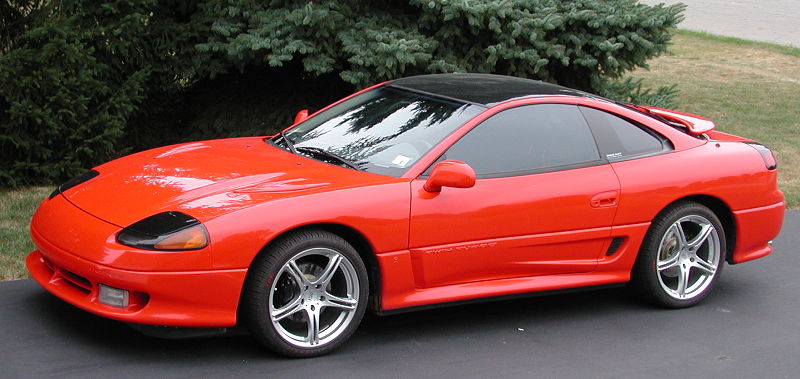
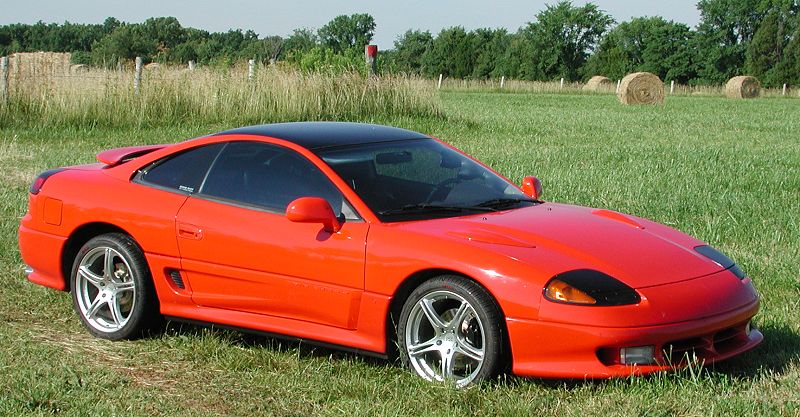
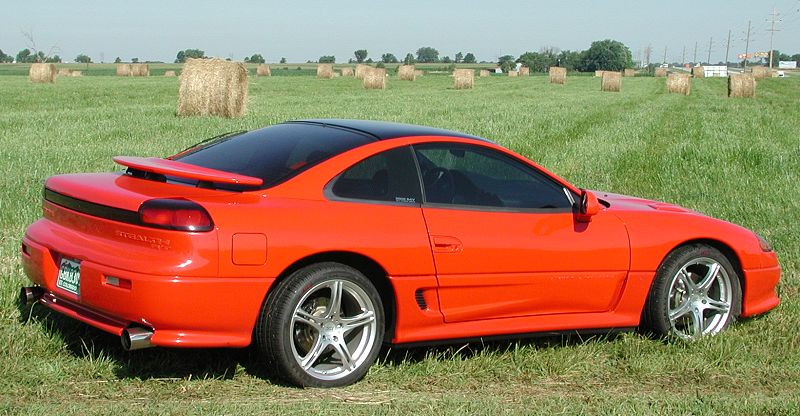
Page last updated March 16, 2017.





















